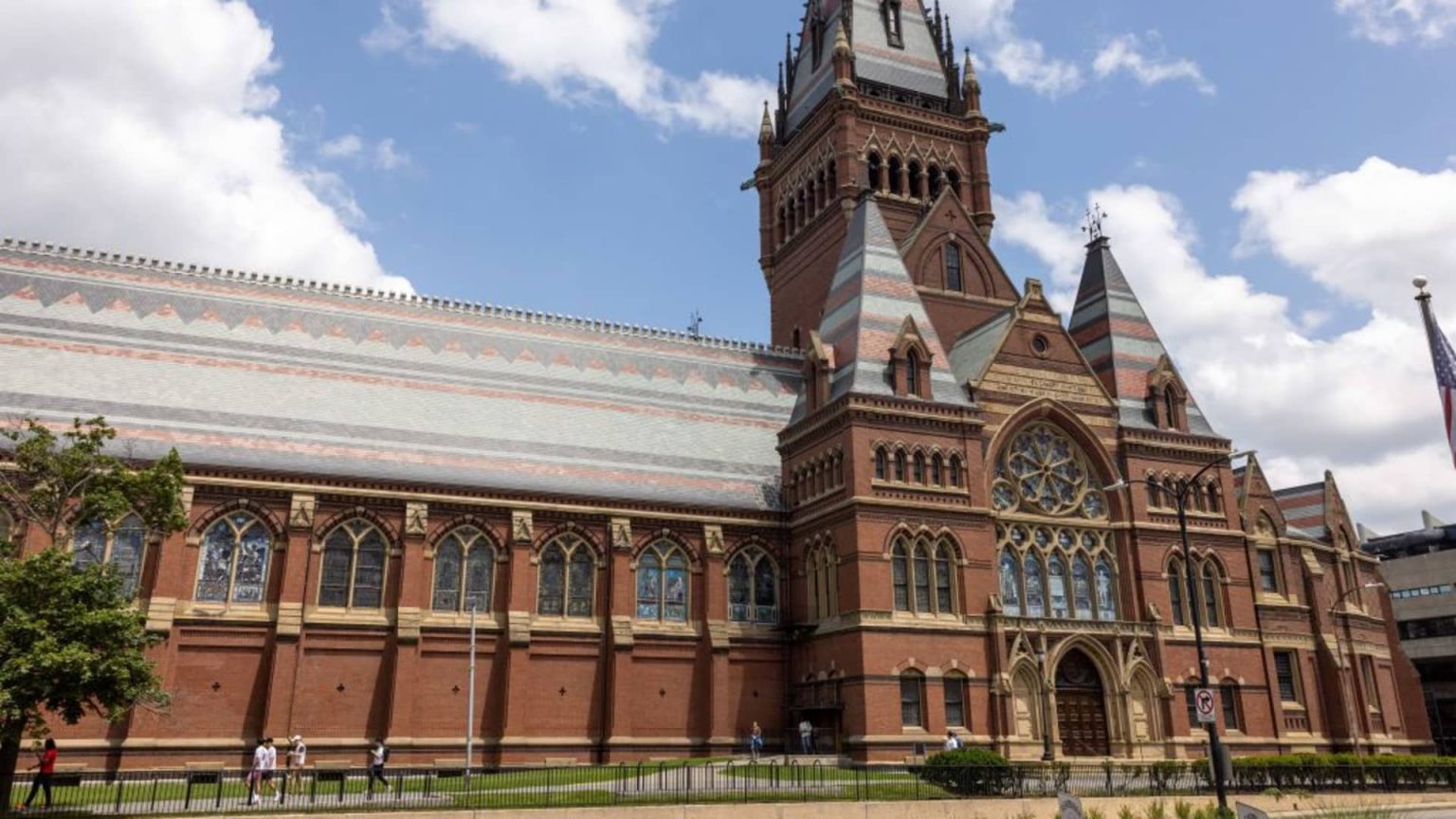Attending an Ivy League institution like Harvard University can lead to financial success in the long run, with former students who received federal aid commanding a median salary of $95,114 a decade after beginning college. Despite the high cost of attendance, which includes tuition of $56,550 for the 2024-25 school year, many students pay far less than the sticker price. Over half of Harvard undergraduates receive institutional scholarships, and 24% of families pay nothing after aid and grants. The school maintains a 100% need-based aid policy, with families earning less than $85,000 a year not expected to contribute any money towards their student’s cost of attendance.
While Harvard boasts a strong reputation for high earning graduates and generous financial aid packages for students with demonstrated need, gaining admission can be incredibly difficult for low-income students. The school’s admissions process is “need-blind,” but factors such as academic excellence and extracurricular involvement can be challenging for students from low-income families to achieve. Additionally, wealth and high household incomes have historically been proven to provide advantages in achieving these goals. A study by Harvard’s Opportunity Insights found that a student from the top 1% of households is twice as likely as a middle-class student with a similar SAT score to attend an Ivy League or “Ivy plus” school.
Despite efforts to provide financial aid and ensure a diverse student body, the percentage of low-income students at Harvard remains low, with students from the bottom 20% of earners making up just 4.5% of the class of 2013. In comparison, students from the top 20% of earners comprised 67% of the class. This disparity highlights the ongoing challenges faced by low-income students in gaining access to elite institutions like Harvard. Factors such as academic performance, extracurricular involvement, and financial support all play a role in admissions decisions, making it difficult for students from disadvantaged backgrounds to compete with their wealthier peers.
For low-income students who are able to gain admission to Harvard, the school provides significant financial aid packages to help offset the high cost of attendance. Nearly 1 in 4 Harvard families pays nothing after aid and grants, with 55% of undergraduates receiving institutional scholarships. In addition, around 19% of students receive federal Pell Grants, and those who receive federal financial aid pay an average of $19,500 a year to attend Harvard. This financial support helps make a Harvard education more accessible to students from diverse socioeconomic backgrounds, but challenges remain in increasing accessibility and diversity within the student body.
In conclusion, attending an Ivy League institution like Harvard can lead to significant financial rewards in the long term, with former students who received federal aid commanding high median salaries. While the school provides generous financial aid packages to students with demonstrated need, gaining admission can be challenging for low-income students due to factors such as academic excellence and extracurricular involvement. Despite efforts to increase accessibility and diversity, the percentage of low-income students at Harvard remains low, highlighting the ongoing challenges faced by disadvantaged students in accessing elite institutions. Continued efforts to provide financial aid and support to students from diverse backgrounds are essential in ensuring that all students have the opportunity to benefit from a Harvard education.













